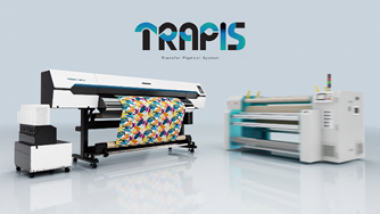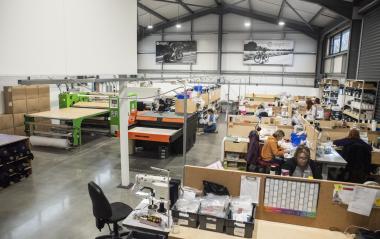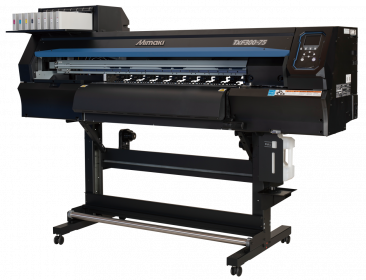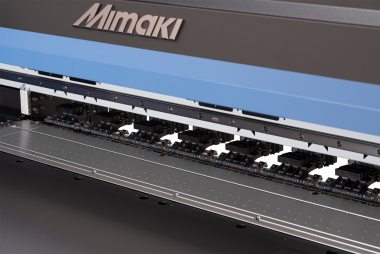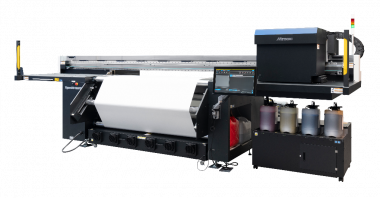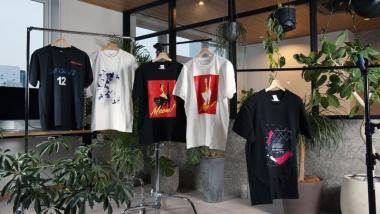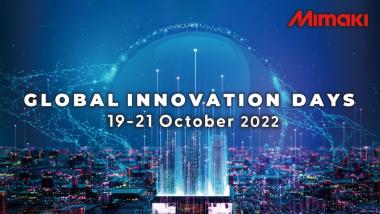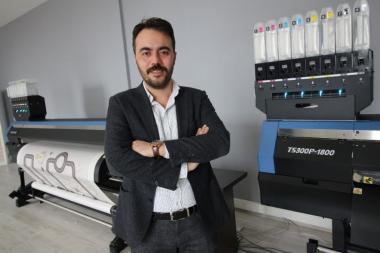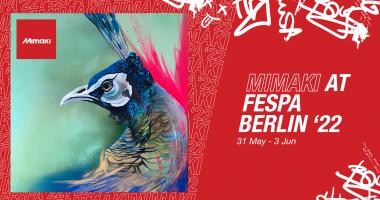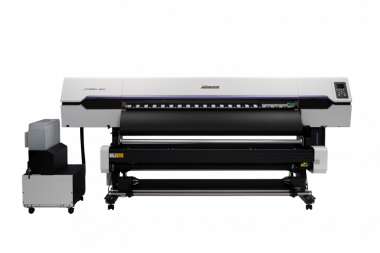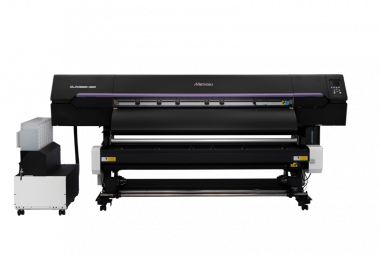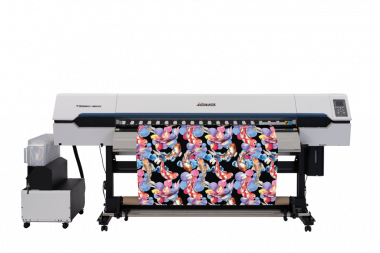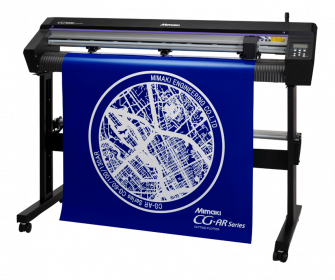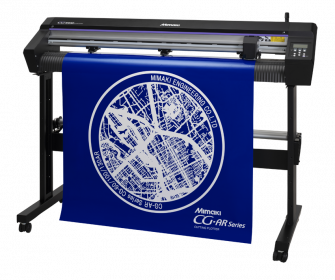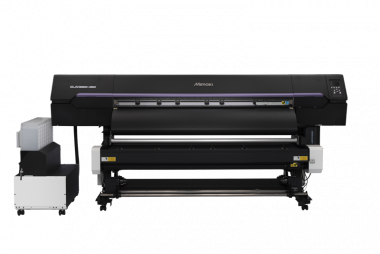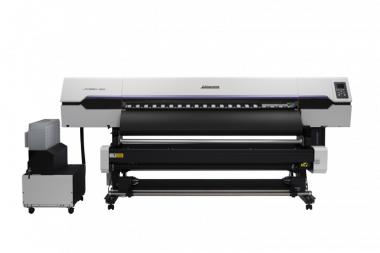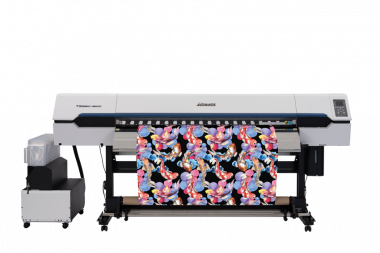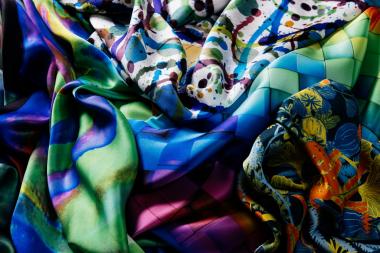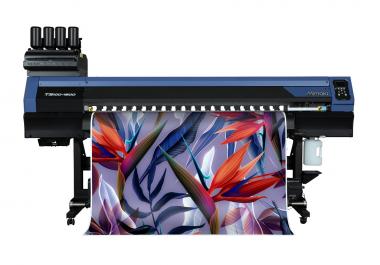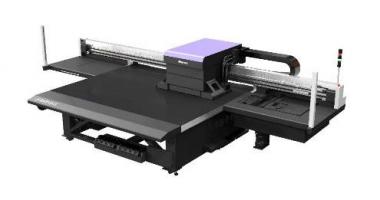Mimaki auf der drupa 2024
Mimaki Europe hat seine Teilnahme an der drupa (Düsseldorf, Deutschland, 28. Mai - 7. Juni 2024) bekanntgegeben. Das Unternehmen wird an der Seite seiner globalen Marke Mimaki und der Muttergesellschaft Mimaki Engineering Co. Ltd. ausstellen.
Im Einklang mit dem diesjährigen drupa-Motto „We create the future“ wird Mimaki seinen Ansatz für den Druckmarkt demonstrieren. Mimaki wird den Messebesuchern Einblicke in seine technischen Neuheiten geben sowie Technologien und Lösungen vorstellen, die die zukünftige Produktivität und Wirtschaftlichkeit in den Bereichen Werbetechnik, industriellem Druck und Textildruck unterstützen werden.
Mimaki Europe begeht in diesem Jahr sein 20-jähriges Firmenjubiläum. Mit seinem Motto „Wir sind die Zukunft des Drucks" unterstreicht Mimaki sein Engagement für die Gestaltung der Digitaldruckindustrie in den letzten Jahren und für die zuküntigen Innovationen. Neben seinen Technologien wird das Unternehmen auf der Messe demonstrieren, wie sich seine Lösungen in die Industry-5.0-Produktionsumgebungen integrieren lassen, um die Automatisierung voranzutreiben, damit Roboter und andere intelligente Maschinen Seite an Seite mit Menschen arbeiten können.
Nachhaltigkeit ist ein weiteres Thema, das am Mimaki-Stand auf der drupa eine Schlüsselrolle spielen wird. Das Unternehmen wird seine Zukunftsvision für die Branche vorstellen und seine neuesten Innovationen und Verfahren präsentieren, die eine nachhaltige Entwicklung der Industrie unterstützen und den ökologischen Fußabdruck von Mimaki und seinen Kunden verbessern werden.
Das Unternehmen wird seine neuesten UV-Drucktechnologien vorstellen, die Anwendern dabei helfen sollen, ihren Energieverbrauch zu senken, VOC-Emissionen zu minimieren und weniger Abfall zu erzeugen. Zu den Technologien aus dem aktuellen Produktportfolio gehört der vor kurzem eingeführte UCJV330-160, eine UV-LED Print & Cut Maschine für die Werbetechnik mit 2,5D-Druckfunktion zur Erzeugung von Prägeeffekten.
Weitere Höhepunkte am Mimaki-Stand werden der Drucker JFX600-2513 und der Schneideplotter CFX-2513 sein, die als komplette industrielle Druck- und Schneidelösung präsentiert werden. Mit seiner höheren Geschwindigkeit und Effizienz ist der CFX-2513 eine großformatige High-End-Schneidelösung.
Mimaki wird auch sein Angebot an Direct-to-Object-Lösungen vorstellen, darunter den UJF-6042 MkII e, der den 36-Grad-Druck mit der Kebab HS-Einheit demonstrieren wird. Zwei UV-Drucker der Serie UJF-7151 plusII für den industriellen Einsatz werden in Verbindung mit einem Roboterarm zu sehen sein. Damit unterstreicht Mimaki sein Engagement für zukünftige Trends in der Druckindustrie, insbesondere die Automatisierung.
Für das Textilsegment wird Mimaki den TxF300-75 für den Direct-to-Film-Druck (DTF) vorstellen, der in den letzten Jahren zunehmend an Bedeutung gewonnen hat. Mimaki wird außerdem sein Neo-Chromato-Verfahren vorführen. Damit wird die Wiederverwendung von zuvor gefärbten Polyester-Textilien ermöglicht. Der neue Prozess macht die Verbrennung von Abfall überflüssig und reduziert den mit dem Recycling verbundenen Energieverbrauch.
Mimaki







